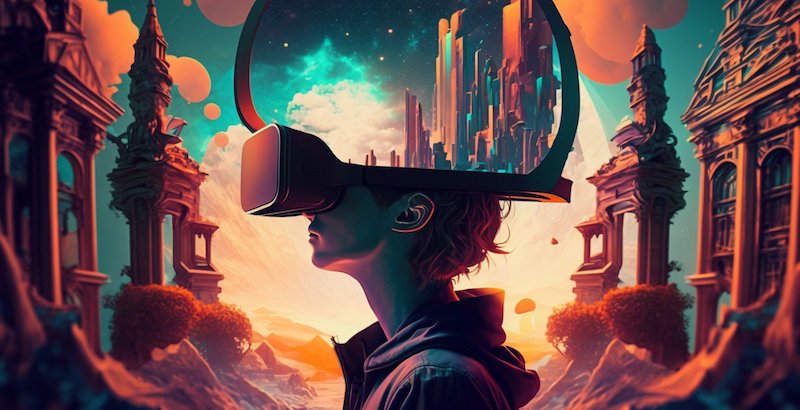
Any immersive gaming experience would be incomplete without game animation. Animations are what give video games life, whether it’s through lifelike character movements or strikingly beautiful scenery. Thus, comprehending the fundamentals of game animation as a developer or player might enhance your gaming experience. Furthermore, designing immersive and captivating settings for players to explore and engage with is a crucial component of contemporary gaming, known as game environment design. In order to create a seamless and convincing gaming experience, every aspect of the environment—from the texturing and sound effects to the lighting and terrain—must be meticulously thought out.
Unveiling the essence of immersive experiences
An immersive experience is a combination of many technologies that let people engage in 3D wireless interaction with both the actual and virtual worlds. It integrates computer vision, artificial intelligence (AI), mixed reality (MR), augmented reality (AR), and virtual reality (VR) to create an engaging environment where users can view content from various angles. Through immersive experiences, businesses can more successfully market their products by producing eye-catching images and offering comprehensive details about each one. Customers can also use this technology to enter an enhanced reality where they can examine things before deciding which ones to buy.
Furthermore, it gives companies the chance to interact in person with clients wherever they may be in the world. By utilising this technology, businesses may offer distinctive customer experiences that will set them apart from rivals and foster consumer brand loyalty.
How to make an immersive game: A guide
Crafting animating environments: Creating immersive landscapes through game animation and providing players with an exciting journey makes environment animation a crucial component. The harmony of the visual and audio components further enhances the gaming experience, elevating it to the level of an artistic work of art, as players take control of a well-constructed story that strikes a balance between realism and fantasy.
Construct an engaging storyline: It is a well-known fact that one of the most important parts of any game is creating a compelling story. Without a well-written plot, it is also difficult to draw gamers in and keep them occupied during gaming. A compelling story gives players a reason to care about the characters and their activities in the game, in addition to contributing to the establishment of an immersive game environment.
Let your players take charge: A crucial component of developing an immersive gaming environment is giving players a sense of control. It is important for them to feel in charge of the game they are playing and capable of exploring it without feeling like a passive participant. Every player indeed wants to feel in charge of the actions and decisions they make in the game, and giving them the power to do so can improve their experience and raise their level of engagement with the virtual world. Therefore, it’s critical to present them with choices that are significant and actually affect the plot and the environment in which they live.
Harmonise the art of creation: Both realism and fantasy have influenced players’ attitudes towards gaming, therefore it’s important to balance the two while developing an immersive game world, according to the game. Creating an environment that feels realistic and captivating for every player and can appeal to a wider range of viewers, is important to strike the correct balance.
Leverage the power of visualisation and sounds: A well-managed approach to the design of an immersive game necessitates giving careful consideration to several aspects such as music, sound, and visualisation. The mood and ambiance of a game can be improved by developers through the appropriate use of audio and visuals. For instance, visual effects such as dust or debris being kicked up can be used to enhance the sound of footsteps on various surfaces, providing gamers with a more immersive experience.
Immersive worlds: Crafting an unforgettable odyssey
The core elements of contemporary gaming, which offer players engaging experiences, are game animation and immersive environment design. Player autonomy, a careful balancing act between realism and fantasy, and a captivating storyline are all essential components of immersive gaming. Using sound and visual effects to their full potential increases immersion. Furthermore, developing vibrant and engaging gaming environments will remain a key driver in the gaming business as technology advances, drawing players in and establishing new benchmarks for interaction.
(This article has been contributed by Sumo India head of art Asit Ghadge, and AnimationXpress does not necessarily subscribe to these views)


